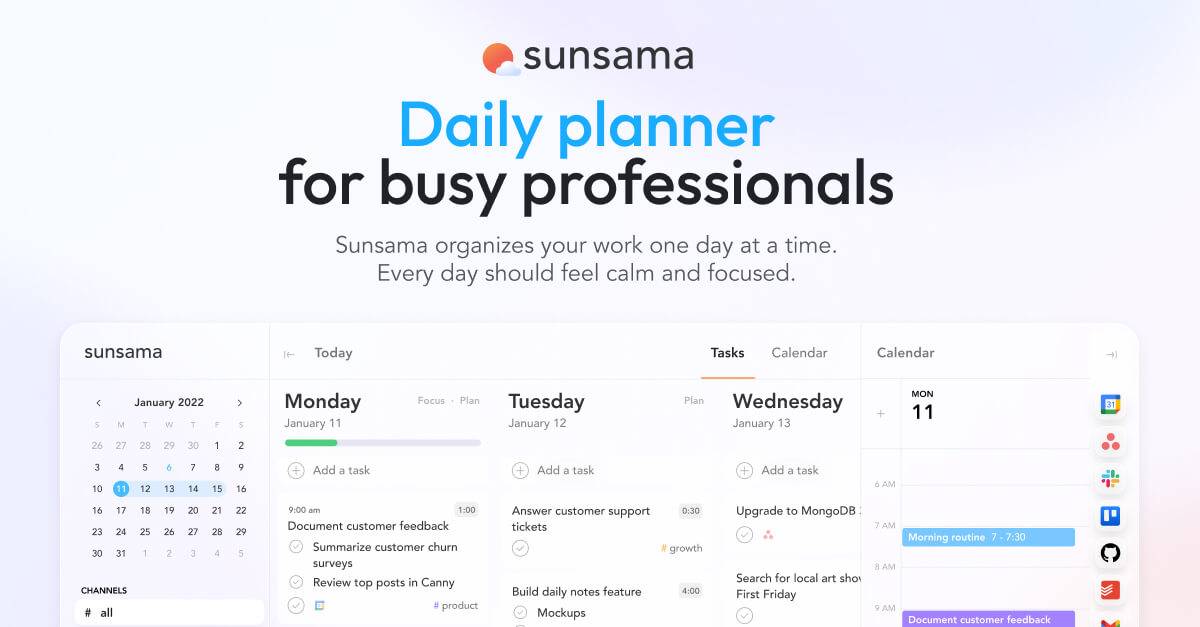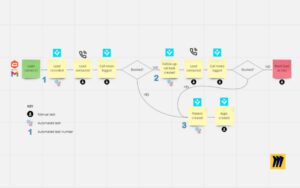The Personal Development Blog

How CEOs Plan Their Day During Breakfast
What do successful CEOs do while sipping coffee and eating breakfast? They plan. They prioritise. They structure their day.
It’s not a rushed glance at a calendar. It’s a clear-headed strategy session. And it happens before the first meeting begins.
This blog explores the CEO planning rituals that turn breakfast into a leadership tool. If you want to sharpen your focus, reduce decision fatigue, and nail your productivity scheduling, start with these smart morning priority lists.
Why Planning at Breakfast Works So Well
Breakfast is one of the few quiet moments before distractions take over. That’s why many CEOs use this time to prepare — mentally and strategically.
Here’s why breakfast planning works:
- Fewer interruptions: No urgent calls or messages yet
- Calm mindset: Your brain is fresh and focused
- Natural transition point: It connects rest with action
- Energy boost: A healthy meal + structured plan = performance momentum
It’s not about multitasking. It’s about setting a tone.
What Successful CEOs Actually Do While Eating
They don’t scroll. They don’t randomly write notes. They follow a system.
Here’s what the typical CEO planning ritual at breakfast includes:
1. Review top priorities
Look at your goals for the week. What matters most today?
2. Block key work periods
Find your peak focus windows and protect them from meetings or emails.
3. Set intention for the day
Choose a word or mindset — like “clarity” or “action” — to guide your decisions.
4. Scan your calendar
Spot deadlines, bottlenecks, or meetings that need prep.
5. Check for alignment
Do your planned actions match your long-term goals?
This system doesn’t take more than 10–15 minutes — but it can save you hours.
Real CEO Planning Rituals That Work

You’ll find some variation depending on personality, but the core elements are the same: focus, intention, and simplicity.
Jeff Weiner – Executive Chairman, LinkedIn
Starts the day by reviewing priorities and carving out time to think, not just meet.
Oprah Winfrey – Media Executive
Protects her morning with quiet meals and structured planning. Her intention is always at the centre.
Jack Dorsey – Former Twitter CEO
Used themed days (e.g., “Monday: Management,” “Tuesday: Product”) to simplify planning and reduce decision fatigue.
Tim Cook – CEO, Apple
Is known to review emails early, then plan strategic work blocks while eating a light, healthy breakfast.
These leaders don’t “find time” for planning. They make it.
Build Your Own Morning Planning Routine
You don’t need to be a CEO to plan like one. You just need the right tools and structure.
Prepare the night before
Write down anything that’s on your mind. This makes it easier to focus in the morning.
Start breakfast with stillness

No phone. No news. Just a few quiet moments to think.
Open your planner or digital tool
Choose a simple tool you trust — Notion, a notebook, or a calendar app.
Identify the 3 most important tasks
Ask: “What must get done today?” Not everything matters equally.
Time-block your top priority
Put it in your calendar — first thing if possible. Guard it.
Review your schedule
See what can be moved, trimmed, or cancelled. Make space for deep work.
Close with intention
Write or say your focus word: “Finish.” “Decide.” “Calm.” This reinforces mindset and attention.
That’s your whole ritual — built into the time it takes to eat a slice of toast or drink a smoothie.
Tools That Support Morning Priority Lists
The best planning tools are simple, quick, and consistent.
Top Choices CEOs Use:

- Time-blocking calendars (Google Calendar, Sunsama)
- Task managers (Todoist, Things 3, Trello)
- Written planners (Full Focus Planner, Productivity Planner)
- Mind-mapping apps (Milanote, XMind)
- Sticky notes or index cards — yes, even paper works when used with focus
Pick one method and commit for a week. The system matters less than the habit.
How This Improves Productivity Scheduling
By planning at breakfast, you take control before the day takes control of you.
Here’s what changes:
- You stop reacting. You start leading.
- You cut mental clutter. Fewer open loops = better focus.
- You gain time. One clear plan can save hours of backtracking.
- You move faster. Each task already has a time and place.
Productivity scheduling isn’t about doing more — it’s about doing what matters first.
What to Avoid in Morning Planning
Not all planning helps. Here are mistakes to steer clear of:
Overloading your to-do list
10 tasks won’t happen. Pick 3 that move the needle.
Starting with your inbox
Email shows other people’s priorities — not yours.
Vague goals
“Work on presentation” isn’t clear. “Draft 3 slides” is.
Ignoring energy levels
Put deep work during peak energy. Use slower hours for admin.
Skipping review time
A 5-minute recap each morning prevents distractions later.
How to Make It Stick
You don’t need to overhaul your life. Just pair planning with something you already do — like breakfast.
Tips for Habit Success:
- Keep your planner on the breakfast table
- Use the same mug, same time, same flow
- Track your consistency for 7 days
- Reflect weekly on what worked and what didn’t
- Celebrate small wins — even writing the list counts
Habits thrive when they’re small and repeatable.
CEO Breakfast Planning in Practice: Sample Routine
Here’s how it looks in action — in just 15 minutes.
Time: 7:30 AM – During Breakfast
- 0–2 mins: Sit quietly with tea or coffee
- 2–5 mins: List your 3 most important tasks
- 5–10 mins: Time-block your calendar
- 10–13 mins: Review meetings and prep any key notes
- 13–15 mins: Set one intention or mindset for the day
You’re no longer entering the day unprepared — you’re leading it.
Breakfast Isn’t Just for Fuel — It’s for Focus
How you spend the first 30 minutes of your workday defines the rest. That’s why high-performing leaders treat breakfast as more than food — it’s a planning ritual.
With a few calm minutes, a clear list, and the right tools, you can turn morning priority lists into momentum.
The best CEO planning rituals don’t rely on willpower. They rely on rhythm.
So tomorrow, don’t just eat. Lead. Because your productivity scheduling starts with your first bite — and your first decision.









